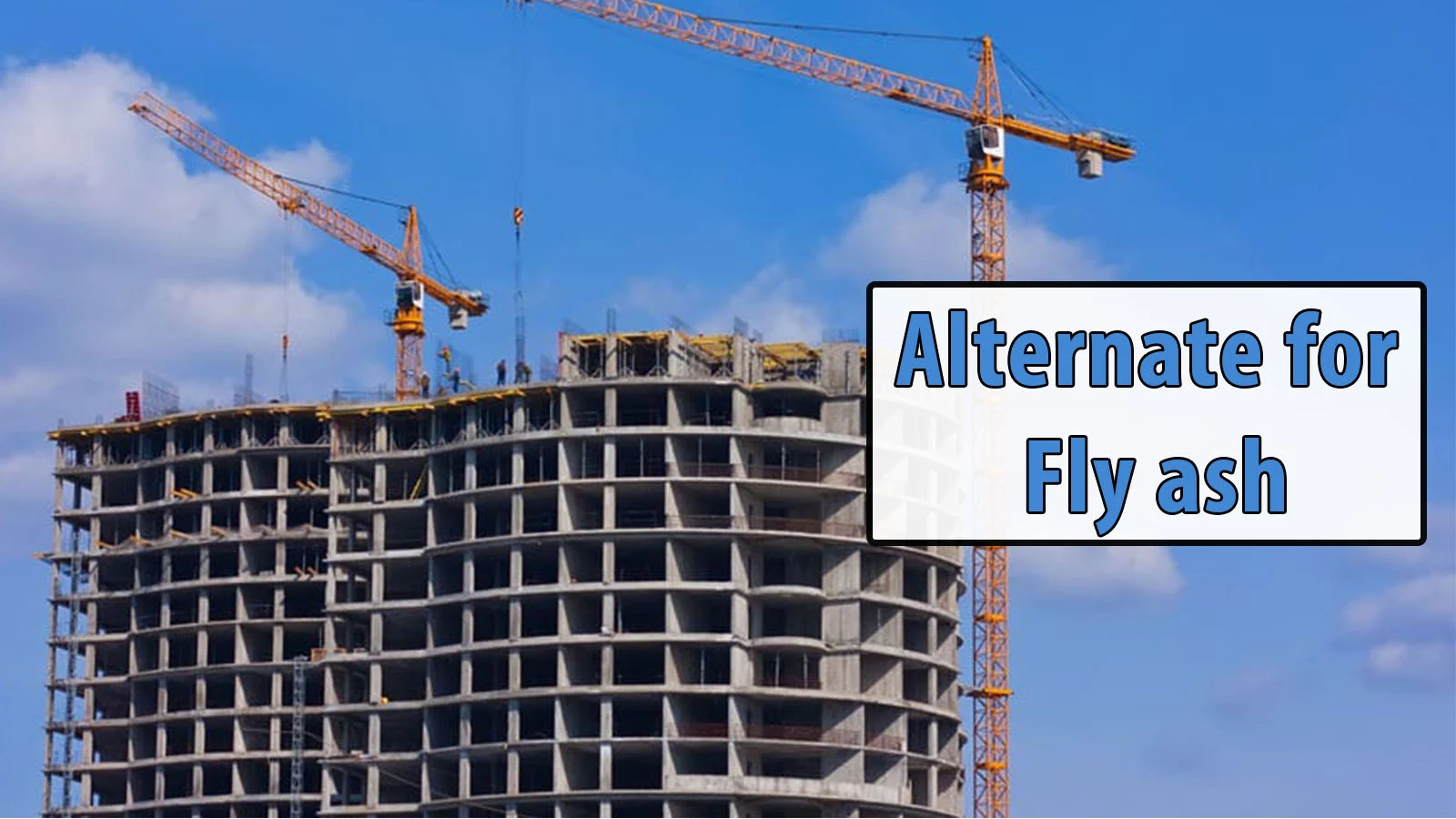Epoxy Injection

Epoxy injection is an repairing cracks in concrete, slabs, columns and piers.
The epoxy or polyurethane concrete crack repair materials is injected into the concrete crack through these ports. These ports have a wide base that gives a strong adhesion to the concrete. Next, spread concrete crack surface sealer over the face of the crack.It can capable of restoring the concrete to its pre-cracked strength.
Injection of epoxies under pressure may be used to bond the cracks having greater than or equal to 0.05mm opening. This method is not applicable if the crack is active, the cracks are large in number, or when the water leakage can not be controlled. If the cause of the cracking has not been corrected, it will reoccur near the original crack. Extreme caution must be exercised when injecting cracks that are not visible on all surfaces.
Epoxy injection is commonly used to restore the pre-cracking condition of the member without increasing its strength. The epoxy tensile bond to the concrete substrate is stronger than the concrete’s tensile strength. Future cracking may occur at the same load as that of the original uncracked member but at different locations. Strengthening is provided by installing additional reinforcement across the failure plane in combination with the resin injection. Frequently, internal or external reinforcement is installed in combination with the epoxy injection for strengthening and restoration. Crack injection can be successfully performed on cracks as narrow as 0.013 mm in width with general epoxy injection resins. Cracks with less width can be injected with epoxy or other polymer systems having a low viscosity of 200 cps.
Poured foundation cracks may be repaired by using low-pressure injection of an epoxy or polyurethane foam material. For the repair of concrete floor cracks, certain epoxies and polyurea materials exists, suitable for such slab repairs.
Epoxies and other resins lose strength when exposed to fire or sustained elevated temperatures and fireproofing protection is required for such structural repairs. Epoxies that are labeled water-insensitive during curing may develop milky white bond lines if injected into wet or damp cracks. Verification that the epoxy is completely water-insensitive should be made by injecting the test epoxy into pre-wetted cracks, then evaluating the cored sample of the cured epoxy injected into the crack. Slabs and walls restrained at their ends may develop full-depth slab cracks due to shrinkage as a result of volume changes during concrete curing or during extreme thermal fluctuations. The cause for the local overstress should be either eliminated or considered in the repair. Injecting the crack at the midrange temperature minimizes thermal stress fluctuations.








